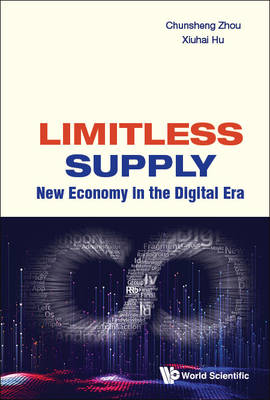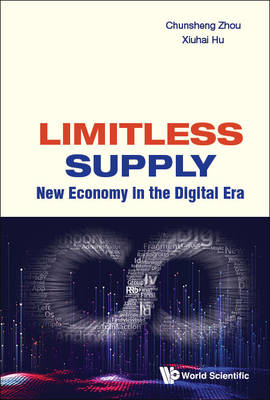
- Afhalen na 1 uur in een winkel met voorraad
- Gratis thuislevering in België vanaf € 30
- Ruim aanbod met 7 miljoen producten
- Afhalen na 1 uur in een winkel met voorraad
- Gratis thuislevering in België vanaf € 30
- Ruim aanbod met 7 miljoen producten
€ 120,95
+ 241 punten
Omschrijving
Scarcity hypothesis is the cornerstone of traditional economic theory. However, in the digital era, new products such as Windows, Android, and Wechat have been introduced to the market. Traditional economic theory may not be able to explain various nez economic phenomena in the digital era. This book creatively proposes the concept of limitless supply and then discusses its implications for economy at both macro and micro-levels.It analyses and summarizes the basic features of limitless supply products, and compares the differences and similarities of how limited supply and limitless supply products are manufactured and marketed. The book also provides reasons for why manufacturers of limitless supply products create intangible assets. It argues that the scale of an enterprise producing limitless supply products depends on the number of users, whereas the scale of an enterprise producing limited supply products depends on the production capacity.This book is mainly written to construct a preliminary, simple, yet relatively comprehensive economic theory framework for limitless supply, and to interpret the phenomena and corporate behaviour. It further explores how enterprises providing limitless supply products grow financially. It also proposes the fundamental difference in growth models between enterprises providing limitless supply products and those providing limited supply products. The book also looks at how growth models can achieve fission growth.
Specificaties
Betrokkenen
- Auteur(s):
- Uitgeverij:
Inhoud
- Aantal bladzijden:
- 176
- Taal:
- Engels
Eigenschappen
- Productcode (EAN):
- 9789811247156
- Verschijningsdatum:
- 17/05/2022
- Uitvoering:
- Hardcover
- Formaat:
- Genaaid
- Afmetingen:
- 152 mm x 229 mm
- Gewicht:
- 403 g

Alleen bij Standaard Boekhandel
+ 241 punten op je klantenkaart van Standaard Boekhandel
Beoordelingen
We publiceren alleen reviews die voldoen aan de voorwaarden voor reviews. Bekijk onze voorwaarden voor reviews.










